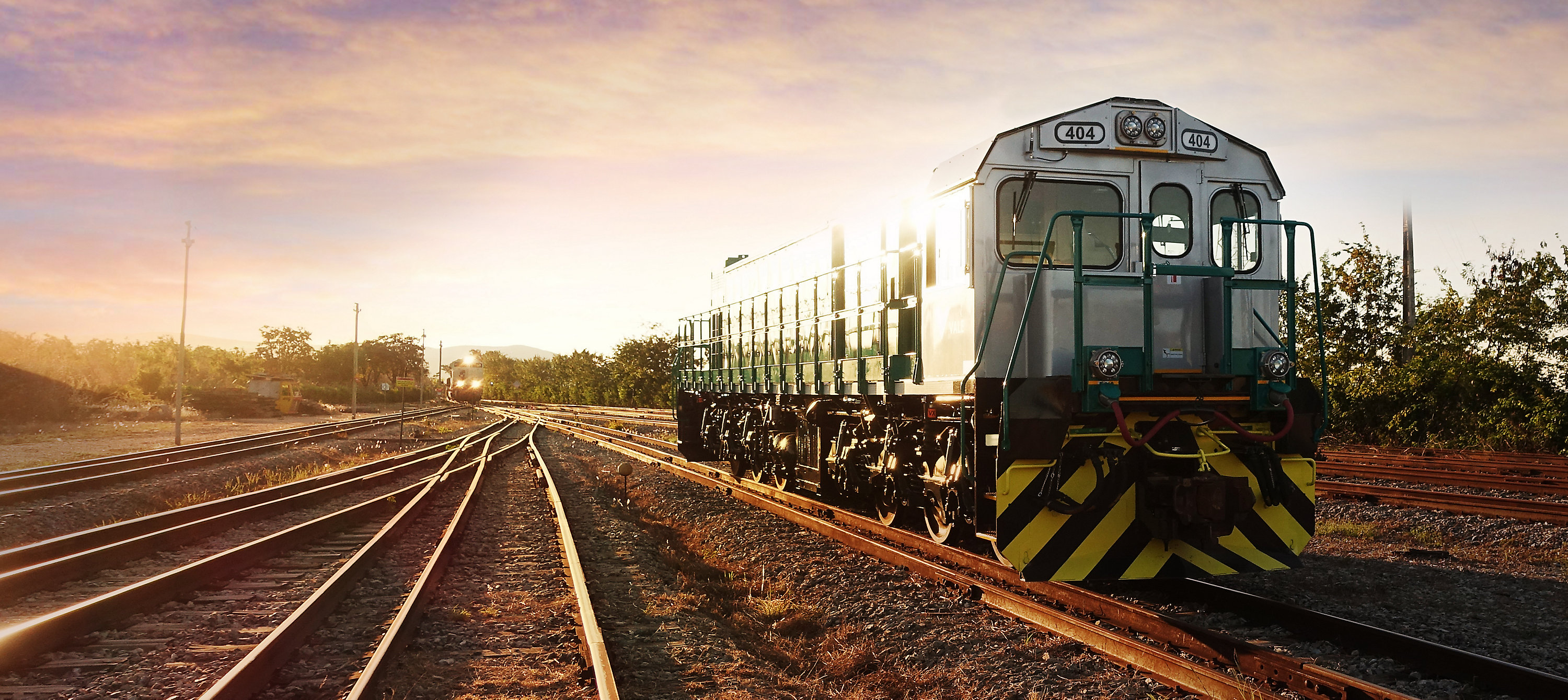
Thanks to targeted investments, innovative technology and evolving operations, railroads are the most fuel-efficient way to move freight over land. With policies grounded in data that encourage innovation, leverage market-based competition and allow for varied approaches among multiple stakeholders, freight railroads will deliver a more sustainable future for all.
Policymakers can help by developing policy strategies that:
- Encourage competition and harness market principles to reduce emissions. Well-designed policies will alter market behavior and spur innovation.
- Drive research and adoption of promising new technologies. Investment in basic and industry-specific research and the right policies and incentives will spur innovation.
- Allow partnerships between railroads and industry to advance sector-specific progress. The rail industry has unique advantages and challenges in reducing its environmental impact.
Railroads’ dedicated workforce harnesses technology and evolving operations and equipment to continue shrinking their already small carbon footprint. Thanks to this comprehensive approach, in 2021 alone, U.S. freight railroads consumed 790 million fewer gallons of fuel. They emitted nearly nine million fewer tons of carbon dioxide than they would have if their fuel efficiency had remained constant since 2000.
With sound policies and targeted investments, the freight rail industry can meet burgeoning freight demands while preparing for a sustainable future.
|